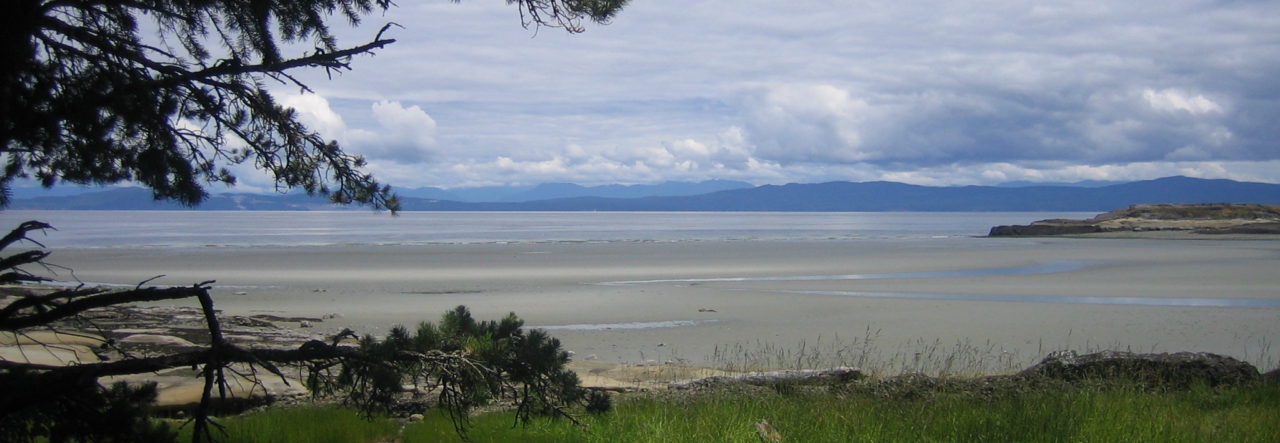Last night we played Dux to get a sense of the rules and how we wanted to adjust things for our upcoming campaign.
I had hurriedly painted some Warlord Celts and GW Warriors of Rohan. I still haven’t flocked any of my troops, so I painted the Celt’s bases brown as the white (my first time priming troops white instead of black) was too much. The Celts aren’t finished, and need a wash, but here is how they were last night:

I just received my order from Cigar Box Battle Mats. I’m very happy with them, but strangely, the green mat photographs as brown at night. In any event, instead of doing the standard player-positioned terrain, I threw some of my more fantasy oriented terrain on the table. The table was set up as follows. The scenario was a raid on a church, in this case a holy site represented by the fallen standing stones, circled in red below:

Nate took the forces of the Iron Band, while Matt took the Rovians. The Rovians, in my world, are a group that’s very much a mix of Etruscan and Masilian culture, so these are the peasant remnants of a once proud culture. The Iron Band are a medieval mercenary band that is fairly professional but overstretched and using whatever forces it can.
We started the battle with some speeches, drinking, and a duel between champions. I really enjoy the Dux Britanniarum rules for this. Makes it feel much more primal. The dueling rules are interesting, but are a real game of luck. As we move into the campaign, we’ll start giving the champions more skills or saves to make it more interesting and make it more of a decision to engage in combat or not.

As the raid started, Nate had two free turns to get towards the shrine, but the stream slowed him down. His missile cavalry shot ahead and managed to get a kill right away as Matt’s Rovians entered and rushed pell-mell towards the shrine. Then, the horsemen got caught flat-footed as a group of Rovians ran (rolling 5s and 6s for movement) right at them, with the result being the horsemen fleeing off the table. Matt then anchored that group of warriors near an old ruin and moved the remainder of his force to guard the shrine.
The Iron Band moved its Scarecrows (levies) up to the shrine, but ended up facing off against the Rovian Elites. The bulk of the Iron Band moved ahead, seemingly ignoring the shrine.
Matt was trying to deny access to the shrine, so Nate massed his troops on his right getting ready to charge. Meanwhile, the Scarecrows, facing off against a much, much more powerful foe and already suffering shock from the arrows fired at them, charged. And won! They accrued a huge amount of shock, but managed to kill 3 of the elite facing them, causing both forces to recoil.

Nate then charged across the stream, accepting a dice penalty but rolling extremely well. Matt’s saves were terrible, and his force was massacred and thrown back.
In the centre, the Iron Band elite troops (Rohirrim here) pushed forward with their leader and champion and again delivered a crushing blow.
Matt followed up, chasing the Scarecrows and the rather ineffective archers but the game was pretty much over as Nate prepared to move his troops around to finish off the opposition so we called it.
I’m trying to learn how to get a slide by slide view of this, so here’s the first attempt. Just click to the next slide to see how the action progressed. The next AAR should have some fancier transitions/graphics.
Overall, a very fun game, but it does have some issues. The raid turned into a battle. After the Rovians anchored themselves on the objective, Nate simply viewed this as a fight, not a raid, and proceeded to wipe out opposition. His intent was to continue to wipe out the enemy so no one could contest his retreat. There was no feeling or impetus to be quick about it once he had achieved superiority.
So how to fix it? We talked for some time about different ideas and came up with the following:
As we are doing simultaneous raiding, unlike in the normal rules, the raider does not know the number of foes they are facing. So, every round after the “free” rounds that the raider has, the defender rolls a die for each unit. On a 1 on the first round, the unit shows up. On a 2 on the second round, the unit shows up, etc. These dice rolls are done in secret. This means that the raider does not know when the bulk of the defenders will show up, nor how many may be coming. The defender can also bluff on this, using troops more or less aggressively to convince the raider as to their force composition.
Adding to that, we are going to establish the maximum amount of loot in a given objective. The defender will hold that number secret. The raider can double the time on the objective in an attempt to double the take, but it may be possible that there is no more loot, and the effort is wasted. This brings the greed aspect into the game, as the raider may be tempted to wait a little too long as the defenders come onto the table.
All in all, a good evening with good friends. Nate has decided to take on the province of Gron Gard, while Matt is taking the more central Rikdal. There will be more to follow!


